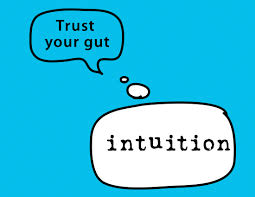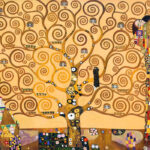- Home
- Counseling and Know-how
- Gut Feelings: The Intelligence ...

This book came out a few years before Kahneman’s own compilation of 40 years of research on what can be subsumed as the duality between intuition (heuristics, automatic thought, fast thinking, rule of thumbs, gut feelings indeed) and explicit thought processes. While Kahneman and Tversky thought that people’s way of thinking is largely illogical and therefore to be taken with precaution (though it is in most cases reliable and with a fraction of mental cost) in favor of slow thinking, Gigerenzer, who was and is aware of their work, argues for the opposite: gut feelings are to be cherished and remarkable, and should not be despised as it is generally done in parlance. According to the author, who vulgarizes results of his research at the Max Planck Institute, gut feelings are lightning fast thoughts strong enough to call action upon but that can hardly be explicated verbally or rationally. He claims that they may actually arise from higher faculties of the brain, whereby they reside as consequence of evolution in complex, unstable and unpredictable environments. In these conditions it can be demonstrated that sophisticated strategies, which can make optimal use of information, are liable to score worse than fast and frugal heuristics based on simple reasoning and less information – they are more fragile, as Taleb would say, and often times plainly inapplicable (like Bayesian inference). Heuristics like Take the Best or recognition can work because of a fair amount of ignorance yet they can lead to as good results even in multiple regression scenarios as the most advanced decision-making techniques. This is sure to evoke skepticism and debate, and in fact it did, where more-info-is-always-better is undisputed.
The thesis of the book harks back to Hayek and Herbert Simon, and connects with some intuitions by Nietzsche (when he claimed that rationality sterilizes what was erected by intuition; this resonates with the unsatisfactory results of sheet balances à la Franklin), Kierkegaard (the anguish of choice) and the paradox of choice. Yet the book mainly provides examples and stories, and although they are backed up by references and statistical studies, the supposed origins of the intuitions are not illustrated (though this is admittedly a nontrivial task). The author is satisfied in just presenting his outrageous case and illustrate it with snapshots and applications (recognition, take the best, tit for tat, ignorance overwhelming rules).
A book that promises more than it offers, though a plain read.








